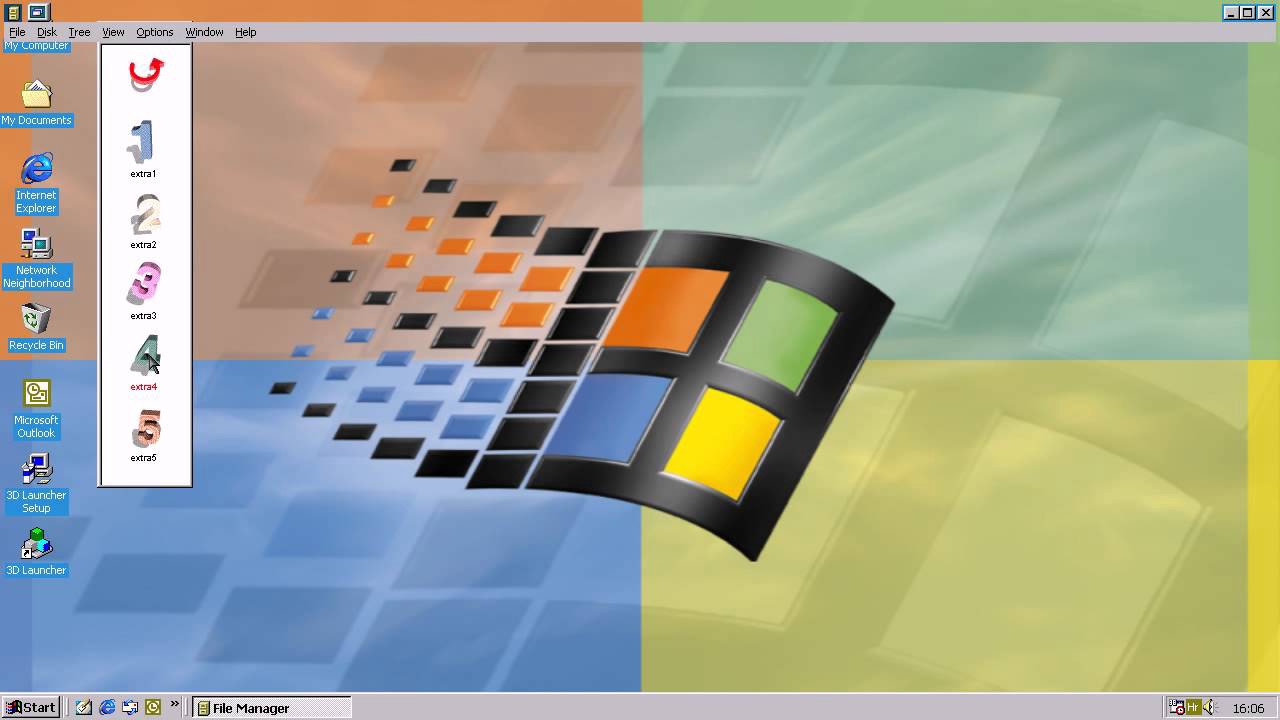For decades, inflexible COBOL and SQL business-critical software have been a natural part of business. Lacklustre support, resistance to modification and clunky workflows have been the greatest challenges faced by CIO’s in their business, with many reports in the past stating that up to 75% of IT budgets are still being dedicated to maintaining old platforms. That’s a painful pill to swallow for anyone looking out for the business bottom line and the top concern for CIO’s globally. Sound familiar to you in your business?
Well, in 2019 comes hope. Finally, the staying power of legacy systems is beginning to lift. According to this report from Gartner, worldwide spending on IT is going to reach a staggering $3.8 trillion dollars this year, with a large portion of this being attributed to innovating business IT processes.
This is a huge pivot in the realm of business and software development, especially when you take a look at some insights collected recently. Localis found out 2 years ago that organisational culture was a primary barrier to digital transformation. In the same report, 44% of CIO’s believed that complex legacy systems were significantly affecting their ability to innovate and improve their business. Put two and two together, and you can see what’s going on here.
Fast forward to the most recent CIO report in 2019, and we can see the tables flip towards enabling innovation is one of the highest priorities for CIO’s across the globe. It’s clear now, that along with ever-growing needs to comply with compliance restrictions and ensure data security, the case for letting go of the legacy system has never been stronger. Hence the software worlds’ latest catchphrase: “Software Modernisation”, and the growing hunger for unlocking data silos.
How do we define Software Modernisation?
“The process of evolving existing software systems by replacing, re-developing, reusing, or migrating the software components when the original processes no longer achieve the desired outcome.”
Sounds like a good idea, right? If you think about it, there’s a very good reason why you have a smartphone in your pocket right now instead of a pager.
This leads us to the biggest and most challenging question on the topic:
How can you modernise your business-critical software, without having the sky fall down on you and your customers?
Frankly, modernising software is a terrifying term for many organisations. Breaking down monolithic applications such as Oracle or SAP is no piece of cake, with these systems being deliberately built with the purpose of segregating and locking down business logic. Ultimately, the biggest struggle for organisations is the fear of what would happen if this system were to fall. I’m just going to leave this fun article on the biggest IT failures from 2018 here.
The good news is you can avoid making this list by looking at modernisation with a modular outlook. Liberating yourself from legacy software doesn’t have to be about ripping the past decade of maintenance and loving care to shreds, but more about using powerful tools to abstract your data and using it in a modern UI.
Let’s look at the modernisation process in just a few steps:
-
Break up your software into components, or “applications
Recognise the existing processes required, and break these up into smaller, bite-sized pieces. You can then map how each application connects to the next, and begin to configure your needs inside out. In doing so, you can easily recognise and re-invent workflows to suit the pace of your industry today.
-
Release your applications from their bonds, one by one
-
Utilise software partnerships and DevOps
We’ve seen it before, and maybe you have too. An organisation has a great idea for fixing a business problem and set about hiring 10 new developers for a 6-month project to create the solution. A compliance issue unfolds, and so a 6-month project turns into 12 months. The organisation is now left out of pocket, and still without a solution. You can empower your developers to write business logic from day one without having to worry about security and architecture, and execute projects faster, and with less cost to your organisation just by choosing the right partner in development.
In Conclusion
There’s no doubt that legacy systems still underpin major, global organisations today, and to give credit where credit is due, they have done pretty damn well at carrying business as we know it into the present. But, as the pressure to turn-around higher volume and comply with evolving regulations continues, many will find that their systems will come up short in the race to stay competitive. What businesses need to ask themselves today is: are there needs in the business today which the legacy system can’t support? If so, what are the costs of it today, and what are the costs tomorrow? If you’ve thought about it, you can be sure that your competitors have.
This article was originally posted on LinkedIn by Dominique Tuck.


.png)
.png)